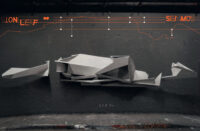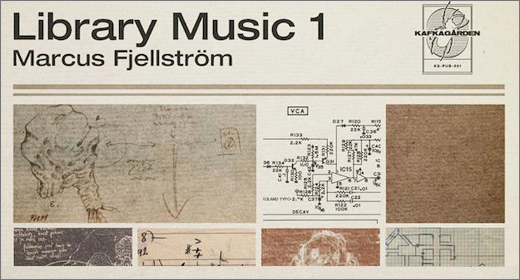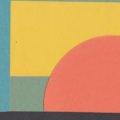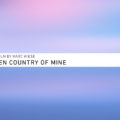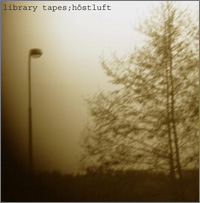
(09.18.07) Haunted parlour piano études that tap into an imaginary but nonetheless
yearningly romantic future-past, attended by the rattle of ghosts in
decrepit devices – the sounds of old record scratches and pops. That’s the
ambit of Library Tapes, nom de disque of David Wenngren, whose sonic
palette consists almost entirely of the sound of creaking clunking upright
piano motifs set against peripheralia of crackle, rustle and hiss. As with
previous Tapes work, Höstluft is premised on this two-tiered sound
perspective, which sees a foundation of fuzz and grain from field
recordings and digital effluvia roamed across by a stark unadorned piano in
a series of now fluid now halting elegiacs. The result is a musical
simulacrum of a forgotten basement find. The eponymous “Library” serves to
reinforce this, with its connotative caché of archives, of dusty volumes,
of air laden with must and memories. In this context, then, Höstluft
presents as a ready-made artefact, sounding like some lost dusty old 78
played on a rickety old gramophone, warped by neglect and passage of time.
It has the appeal of old sepia-stained snapshots dug out of your attic from
an old chest, or your old 35mm film reels spooling away, crackle’n’popping
along. In fact the sounds of disintegration and noise of everyday ephemera
are the galvanising element to the piano, which would otherwise be pretty
thin gruel.
There’s obvious overlap in spirit with Basinksi and his disintegrating
loops of reanimated tape archives, connotations of decay and mortality
abounding. But beyond this, there’s something of a tradition developing of
similarly inclined work – work of elegant minimalism that flaunts its
fragility and bathes indulgently in its own wan light, as if setting up a
counter-current to the full-on dazzle, clatter and babble of the Too-much
Information Age. Library Tapes can thus be seen as situated together with
names like Sylvain Chauveau, Max Richter, Hauschka, Goldmund, and recent
work by Rafael Anton Irisarri. Some of Eluvium’s piano-led pieces and the
Fennesz/ Sakamoto collab (Cendre) might also suggest itself, what with all
the crackles and hiss and the ivory tinkling. But in truth Höstluft is
quite removed from any kind of post-digital coffee-table sophisticate
sound, going for a deliberately flat lo-fi production to add to the
illusion of ingenuous authenticity, backed up with its fragile,
degenerative, warped endowment of crackle and dust.
Replete as it is with modernist melancholia and antique ennui, Höstluft
could almost suffocate you if you were less knowing and susceptible to its
poetics of absence and decay. But naturally, being the contemporary
postmodern listener you are, you’ll doubtless see what’s going on, resist
the heartstring manipulation, and appreciate the aesthetic of emotional
engineering. The appeal essentially is to that sensation of wistfulness
induced by encounter with a historical artefact lent some form of
personalised poignancy. But such reductionist critique doesn’t deny the
fact that Wenngren has hit upon a simple recipe which effectively taps the
mass of melancholy trapped in the fragile resonance of a lonely piano.
Höstluft is out now on Make Mine Music. [Purchase]








